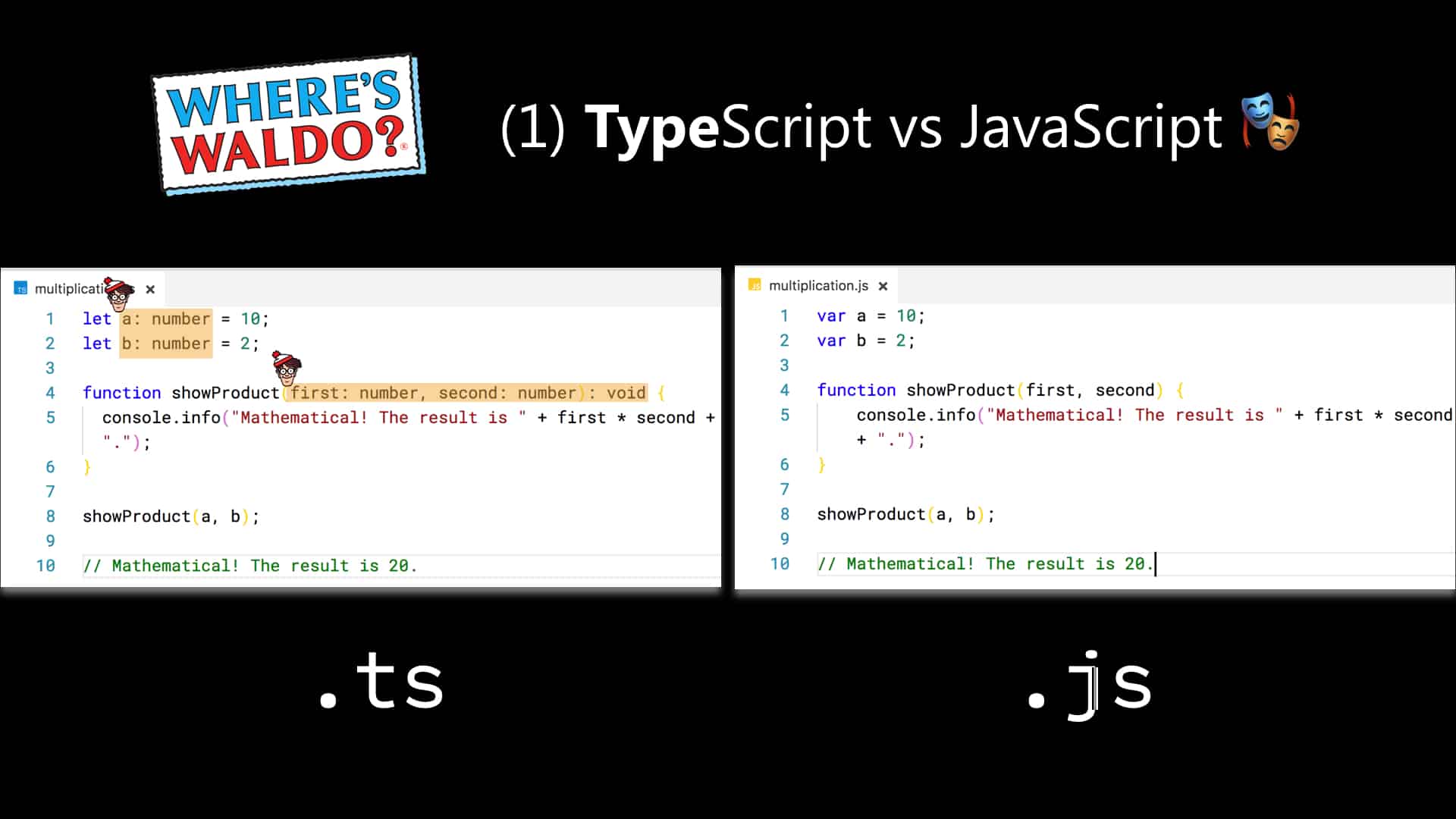Typescript and Javascript are two of the most widely-used web programming languages. While they share many similarities, they also have differences that make them more suitable for certain types of projects. In this guide, we’ll explore the advantages of each language to help you decide which one is right for you.
Exploring the Syntax and Semantics of Typescript and JavaScript.
When deciding between Typescript or JavaScript, it’s important to consider the syntax and semantics of each language. By understanding the differences in syntax and structure, you can appreciate how each language can be used for specific tasks.
For example, in JavaScript, one tend to use objects and functions when coding, while the type annotation system of Typescript requires variables to be defined with data types before being instantiated. Understanding these concepts will help you make an informed decision about which language is right for your project.
What Is Static Analysis in Typescript?
Static analysis in Typescript is the process of using type annotations to detect and report errors within your code. By defining data types for variables and functions, Typescript can detect issues with your code during compilation and provide helpful suggestions for fixing it. This not only becomes helpful when developing larger projects but it also helps improve the overall readability of the code, making it easier for others to understand and use.
Advantages of Using TypeScript Over JavaScript.
Typescript’s static analysis capabilities offer several key advantages over traditional JavaScript. It can save you time when debugging because all errors will be flagged before the code is ever executed, allowing developers to fix any problems quickly and easily. Additionally, Typescript’s type annotations provide valuable information about the structure of data within your code which can be helpful when building complex projects. This leads to improved readability and useability overall.
Features of JavaScript
- It’s a cross-platform language
- It’s used for client side and server side
- It’s easy to learn and to start with
- It’s a dynamic language: flexible and powerful
- Strong Testing Workflow
- Added Dependencies
- Framework Unsupported
Features of Typescript
- Maintainability
- Offered great productivity for developers
- Code navigation and bug prevention
- Code ‘discoverability’ & refactoring
- Optional Static Type Annotation / Static Typing
- Additional Features for Functions
- Supports ES6
- Supports interfaces, classes, sub-interfaces and subclasses
- Scalable HTML5 client-side development
Disadvantages of Using TypeScript Over JavaScript.
Using TypeScript means introducing an additional layer of complexity to your project, as the added type annotations need to be maintained and updated. Additionally, it may require restructuring existing code, which can add time to development projects. There is also reduced compatibility with legacy code, as older JavaScript versions may not be compatible with TypeScript and therefore require more attention when updating projects.
Deciding the Best Option for Your Project: Javascript vs Typescript.
When deciding which language to use for your project, you should consider how much time and effort it will take to both write, maintain and update the code. Javascript is more lightweight and makes rapid development possible, but does not have the extra benefits of Typescript’s type systems. So if you are looking for a quick-and-easy solution or are only writing short scripts where increased speed is required then Javascript may be the better option. However, if you’re looking for long-term stability and scalability then Typescript with its static typing system may be more beneficial.
Difference Between TypeScript and JavaScript
Following is the main TypeScript and JavaScript difference:
| Parameter | Typescript | JavaScript |
|---|---|---|
| What is | Powerful type system, including generics & JS features | Lightweight, interpreted, object-oriented language with first-class functions |
| Data Binding | TypeScript uses concepts like types and interfaces to describe data being used. | No such concept is available with JavaScript. |
| Ecosystem | The Ecosystem is quite powerful and intuitive. Thus, it allows you to statically type various type of idiomatic JavaScript features like union types, intersection, discriminated union. | JavaScript offers the option to explore and create code without a build step. |
| Npm package | With Typescript, many npm packages either come with static type definitions or have an external one that is easy to install. | JavaScript offers the option to explore and create code without a build step. |
| Learning curve | Stiff learning curve. Requires prior scripting knowledge. | Flexible and easy to learn, scripting language. |
| Prototyping | Typescript has a feature of prototyping. | JavaScript doesn’t have this feature. |
| Community | Typescript does not have a large community of developers. | The JavaScript has a huge community of developers |
| Compilation | TypeScript code needs to be compiled | No need to compile JavaScript. |
| Annotation | To get the most out of TypeScript features, developers should constantly annotate their code. | No Annotations Required is need for JavaScript. |
| Famous Company using the Technology | Asana, Clever, Screen award | Airbnb, Codecademy, Instagram |
| Salary | The average salary for “Typescript developer” ranges from approximately $148,027 per year in United States | The average salary for a JavaScript Developer is $110,777 per year in the United States. |
